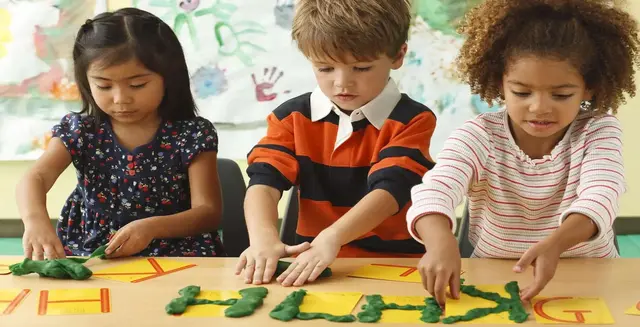
Play-based learning has drawn a lot of interest in early childhood education in recent years. This method makes use of play's ability to promote learning and growth in young children. However, what is play-based learning really, and what are the advantages for students? This blog examines the idea of play-based learning, including its elements, advantages, and useful tactics that teachers can use in early childhood education.
What is Play-Based Learning?
"Play-based learning" is an educational approach that uses play as the primary teaching tool. It is predicated on the notion that children learn most effectively when they are engaged in the learning process and are having fun. Through hands-on activities and imaginative play, this method encourages children to explore, experiment, and gain knowledge. To spontaneously and pleasantly enhance the development of cognitive, social, emotional, and physical skills is the aim of play-based learning activities.
The Value of Learning Through Play
Because it satisfies children's natural curiosity and drive to learn about their environment, play-based learning is immensely useful. Play-based learning allows children to:
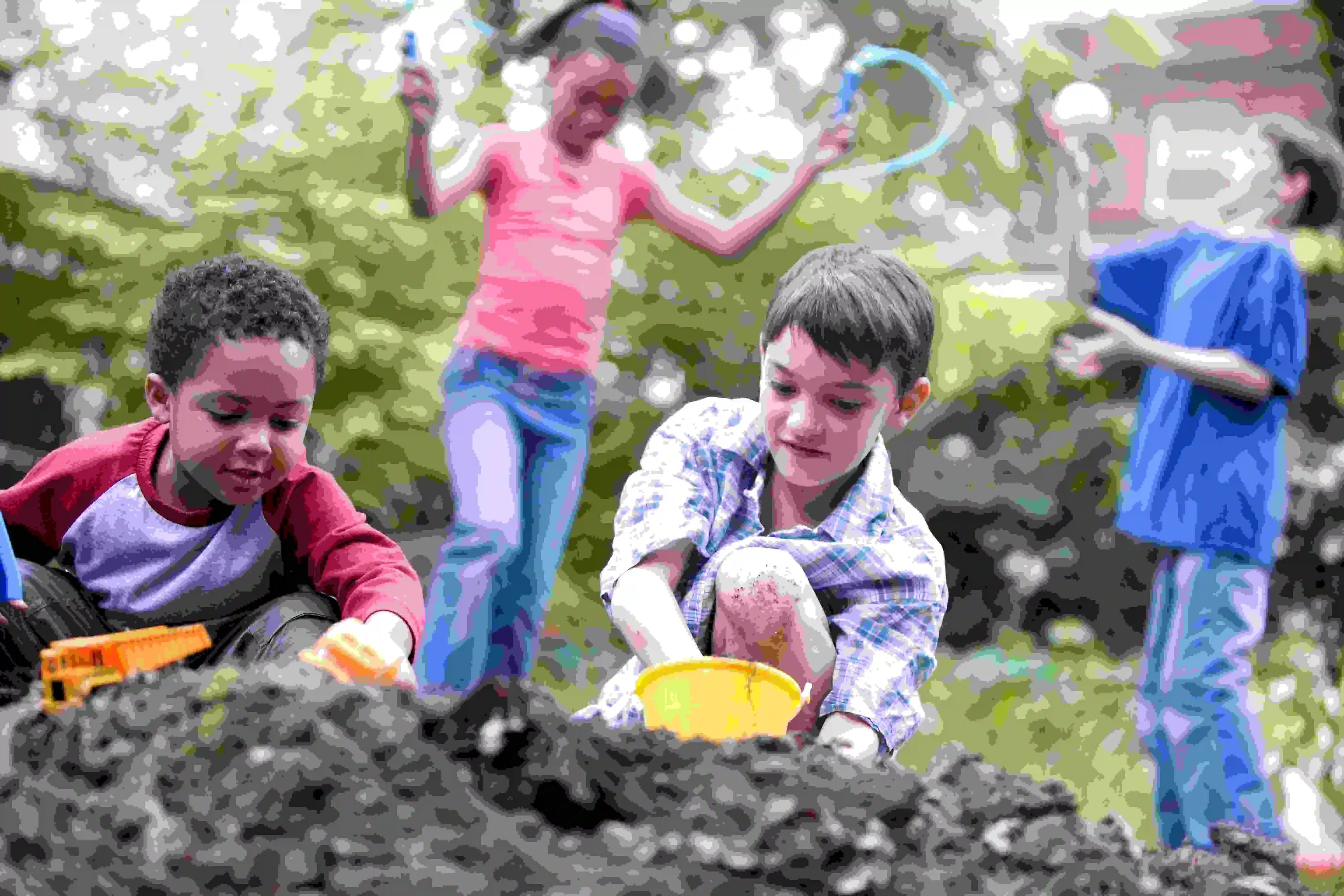
1. Develop Critical Thinking Skills: Children develop their problem-solving, decision-making, and creative thinking skills via play.
2. Enhance Social Skills: Interacting with others during play fosters communication, cooperation, and conflict-resolution skills in kids.
3. Boost Emotional Development: Play provides a safe space for children to express their emotions and develop self-regulation skills.
4. Improve Physical Development: Play-based learning is largely movement-based, which improves both fine and gross motor abilities.
Components of Play-Based Learning
Effective play-based learning incorporates several key components:
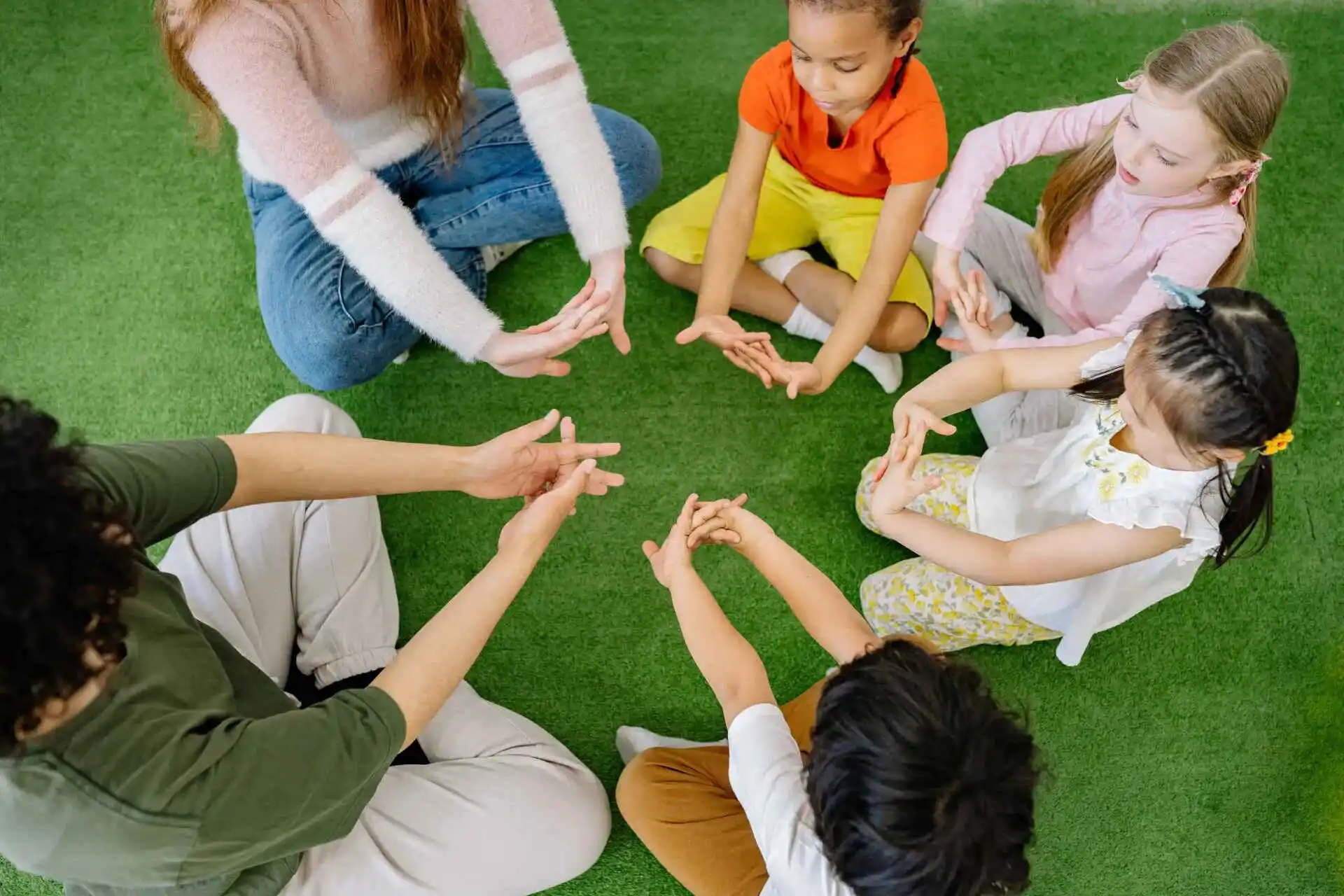
1. Child-Led Play: Kids are free to select what they want to do and how they want to play.
2. Open-Ended Materials: Multipurpose items like building blocks, art supplies, and outfits for role-playing stimulate imagination and curiosity.
3. Guided Play: Without interfering with the children's play, educators watch and engage with them to enhance their learning.
4. Structured Play: Children will appreciate and find engagement in activities that are designed with specific learning objectives.
5. Reflective Practice: To better grasp what kids are learning from play activities and how to continue fostering their growth, educators think back on them.
Top Benefits of a Play-Based Curriculum
There are several advantages of using a play-based curriculum for kids' learning and development:
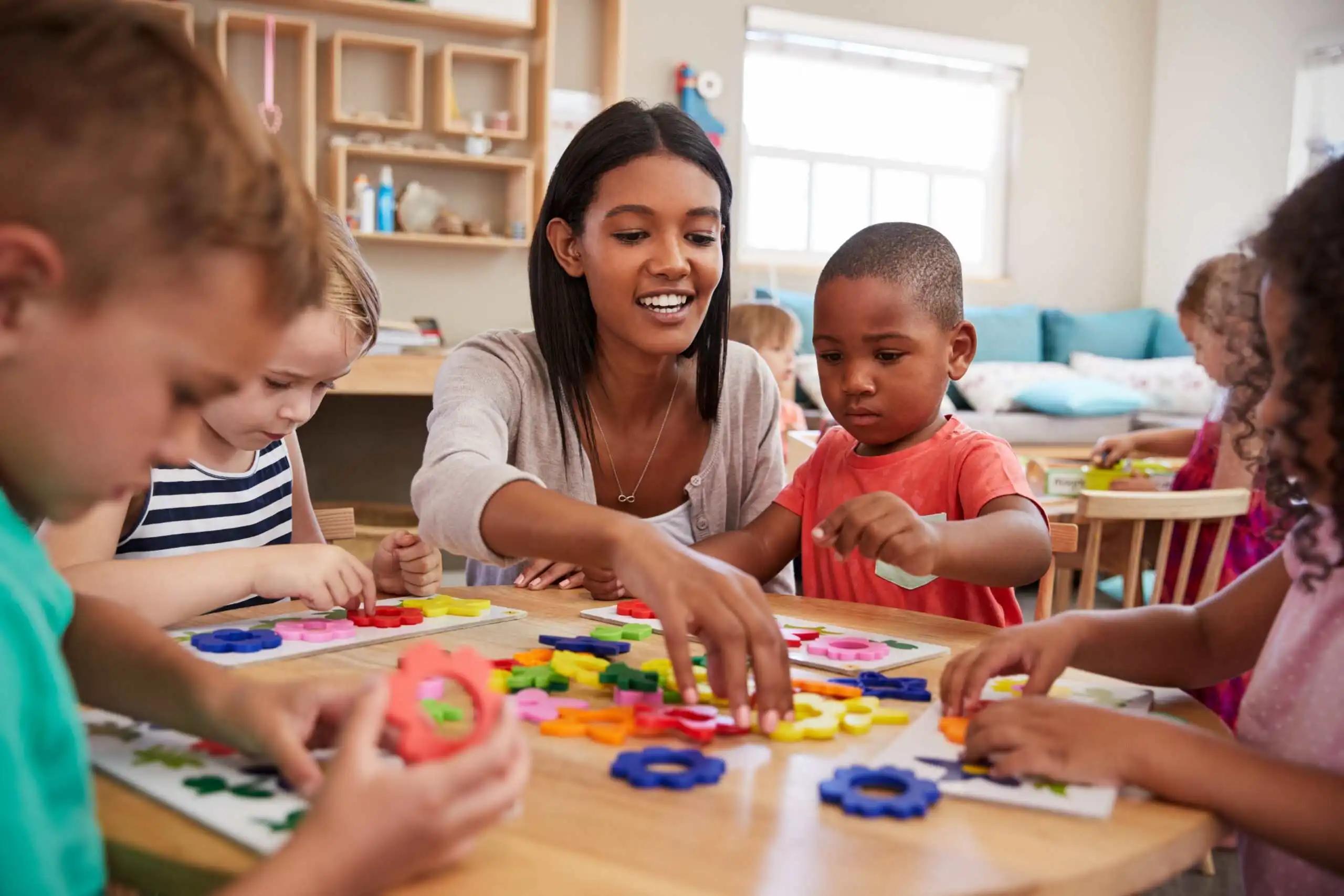
1. Enhanced Engagement: When learning is enjoyable and interactive, kids are more motivated and involved.
2. Improved Academic Outcomes: Through relevant context, play-based learning activities can enhance reading, numeracy, and other academic skills.
3. Greater Social Competence: Play provides youngsters with an opportunity to practice important social skills.
4. Increased Creativity: Play with no restrictions encourages creativity and imagination.
5. Better Emotional Well-Being: Play lowers stress and gives emotions a healthy release.
6. Development of Life Skills: Children acquire important life skills including cooperation, negotiation, and problem-solving via play.
Best Ways to Use Play for Early Childhood Education
To successfully include play in early childhood education, teachers can employ the following techniques:
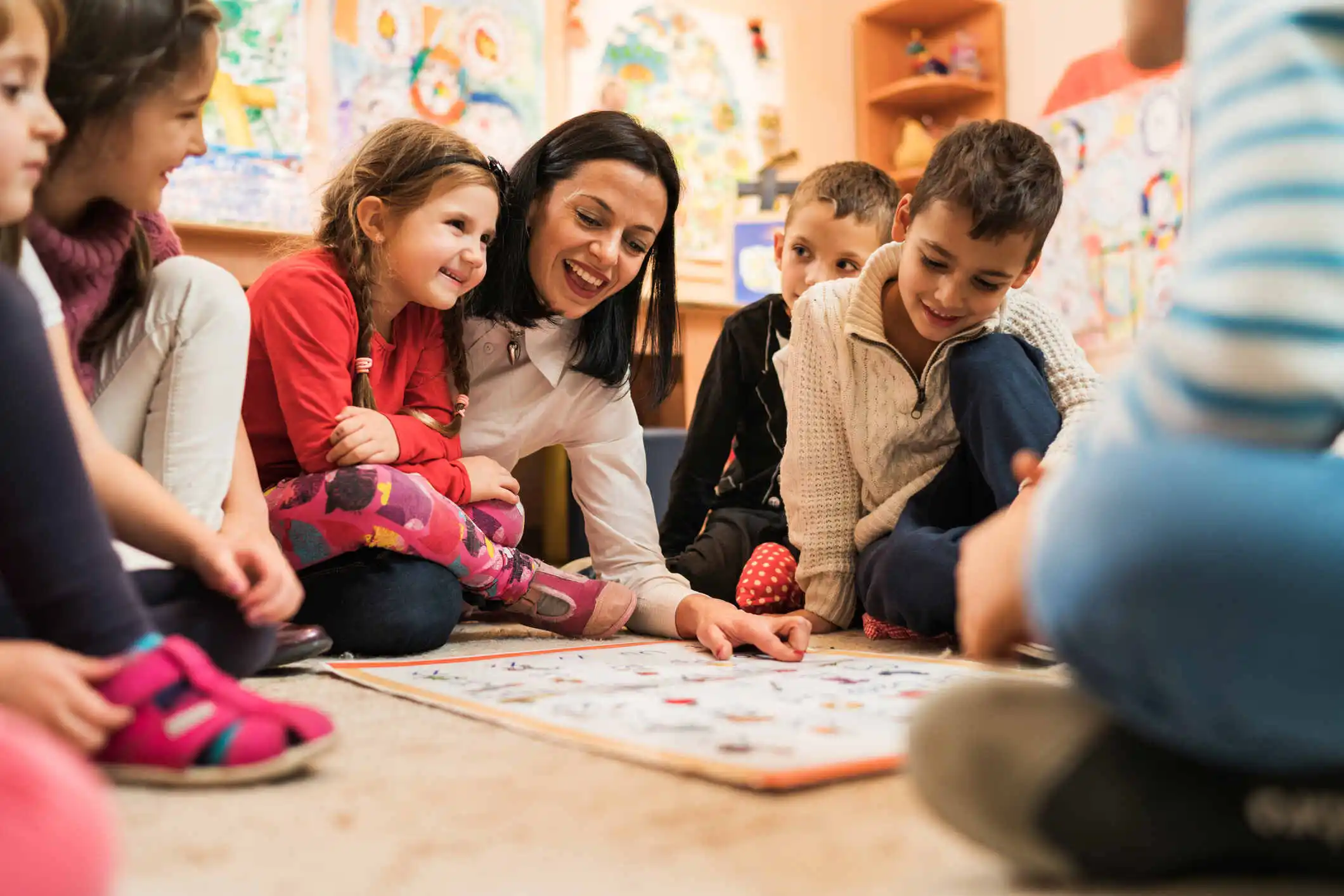
1. Create a Stimulating Environment: Offer a range of tools and areas to promote various forms of play.
2. Follow the Child’s Lead: To encourage deeper learning, pay attention to the interests of the kids and help them extend their playtime.
3. Incorporate Play into Daily Routines: Provide time for play every day, including both unstructured and supervised activities.
4. Balance Different Types of Play: Incorporate a variety of play activities that are creative, social, physical, and cerebral.
5. Encourage Outdoor Play: There are special chances for physical activity and discovery in outdoor settings.
6. Use Play to Teach Academic Concepts: Play situations like narrative games or counting blocks can incorporate instructional material.
How Can Teachers and Educators Promote Play-Based Learning?
One of the most important ways that educators and teachers support play-based learning is by:

1. Modeling Playful Behavior: Engage in play activities with energy and inventiveness.
2. Providing a Variety of Materials: Provide a variety of resources that encourage various forms of learning and play.
3. Engaging with Children: Engage in play to help youngsters take the lead in their learning while providing guidance and extension.
4. Encouraging Risk-Taking: Permitting kids to take calculated chances during play helps them develop resilience and problem-solving abilities.
5. Observing and Assessing: Play should always be observed to evaluate development and customize programs to suit each player's needs.
6. Creating a Playful Culture: Encourage a culture that values play and incorporates it into all facets of education.
Conclusion
Play-based learning is an effective strategy that complements kids' innate curiosity and awareness of the world. Early childhood educators can promote holistic development and a lifetime love of learning by introducing play into their lessons.
Create a rich, stimulating setting and watch how kids organically engage with it if you're a parent or educator trying to introduce or improve play-based learning activities. Are you prepared to integrate play at the center of your teaching approach? For additional advice and resources on incorporating play-based learning into your curriculum, check out Our E-Class Blogs right now.